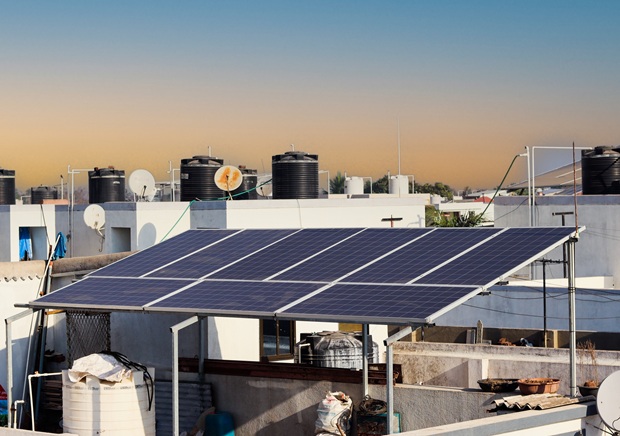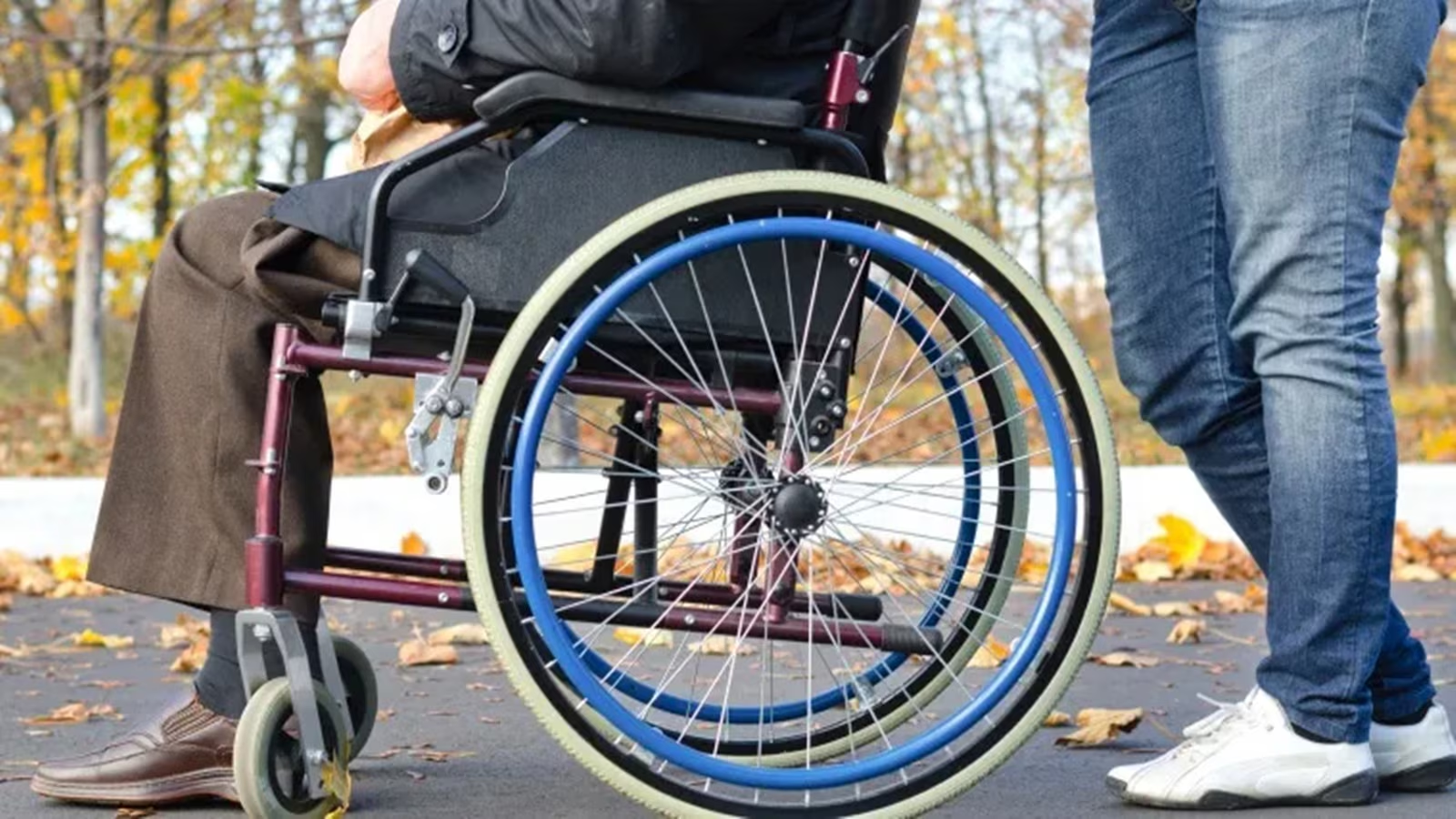- Courses
- GS Full Course 1 Year
- GS Full Course 2 Year
- GS Full Course 3 Year
- GS Full Course Till Selection
- Online Program
- GS Recorded Course
- NCERT (Recorded 500+ Hours)
- Polity Recorded Course
- Geography Recorded Course
- Economy Recorded Course
- AMAC Recorded Course
- Modern India, Post Independence & World History
- Environment Recoded Course
- Governance Recoded Course
- Science & Tech. Recoded Course
- International Relations and Internal Security Recorded Course
- Disaster Management Module Course
- Ethics Recoded Course
- Essay Recoded Course
- Current Affairs Recoded Course
- CSAT
- 5 LAYERED ARJUNA Mentorship
- Public Administration Optional
- ABOUT US
- OUR TOPPERS
- TEST SERIES
- FREE STUDY MATERIAL
- VIDEOS
- CONTACT US
Delhi Government Approves State Subsidy Under Pm Surya Ghar: Muft Bijli Yojana
Delhi Government Approves State Subsidy Under Pm Surya Ghar: Muft Bijli Yojana
23-05-2025

- The Delhi Government announced a major rooftop solar subsidy scheme on 20 May 2025.
- PM Surya Ghar Muft Bijli Yojana is also known as Rooftop Solar Scheme.
- The announcement was made during a cabinet meeting chaired by the Chief Minister.
- The aim of the scheme is to promote clean and affordable solar energy for domestic households in the city.
- Under this new initiative, residents who install rooftop solar panels will be eligible to receive a total subsidy of up to ₹1,08,000.
Subsidy Structure
|
Source |
Amount |
Conditions |
|
Central Government Subsidy |
₹78,000 |
For installations up to 3 kW |
|
Delhi Government 'Top-Up' Subsidy |
₹30,000 |
Under Free Electricity Scheme |
- Total Subsidy per Household: Up to ₹1,08,000
- Revised State Subsidy: Standardized at ₹10,000 per kW (earlier: ₹2,000–₹10,000)
- Budget Allocation: ₹50 crore
- Target Installations: 2,30,000 households in the next 3 years
Potential Consumer Benefits
- Households may save up to ₹4,200/month on electricity bills (as per government estimates).
- Access to easy loans via partnerships with financial institutions.
- Reduced dependence on grid electricity and lowered carbon footprint.
Delhi Solar Policy 2023 – Amendment
- Policy update allows higher state subsidies for rooftop solar installations.
- Introduced direct benefit transfer model to simplify access.
- Monthly subsidy limit raised to ₹30,000 under revised scheme.
- The scheme aligns with Delhi’s vision for clean energy transition and aims to reduce household energy costs significantly.
What is PM Surya Ghar: Muft Bijli Yojana – 2025
- PM Surya Ghar Muft Bijli Yojana is a centrally sponsored scheme.
- This means the scheme is funded and implemented by the central government, but states or UTs may be involved in its implementation.
- It was Launched on 13 February 2024
- The scheme focuses on installing solar panels on the roofs of residential buildings to generate electricity.
- The scheme provides subsidies or financial incentives to households to help them afford the cost of installing rooftop solar systems.
- Launched By: Prime Minister Shri Narendra Modi
- Ministry: Ministry of New and Renewable Energy (MNRE)
- Achievement as of 2025:
- 10 lakh households now solar-powered
- 47.3 lakh applications received
- ₹4,770 crore subsidies disbursed to 6.13 lakh beneficiaries
Objectives
- Provide 300 units of free electricity per month to 1 crore households
- Reduce household energy bills
- Cut government expenditure (estimated ₹75,000 crore annual saving)
- Increase renewable energy share
- Lower carbon emissions
- Strengthen energy independence and align with Aatmanirbhar Bharat
Financial Benefits : Subsidies Based on Consumption:
|
Avg. Monthly Consumption |
Capacity |
Subsidy Amount |
|
0–150 units |
1–2 kW |
₹30,000 – ₹60,000 |
|
150–300 units |
2–3 kW |
₹60,000 – ₹78,000 |
|
>300 units |
>3 kW |
₹78,000 |
- Collateral-Free Loans:
- Up to ₹2 lakh
- 6.75% subsidized interest via 12 Public Sector Banks
- 3.10 lakh applications; 1.58 lakh sanctioned; 1.28 lakh disbursed
State-wise Progress
- 100% Target Achievement (Govt Buildings): Chandigarh, Daman & Diu
- High Performance: Rajasthan, Maharashtra, Gujarat, Tamil Nadu
- Regular monitoring ensures timely and efficient execution
Model Solar Village Scheme
- One Model Solar Village per district
- ₹800 crore allocation (₹1 crore per village)
- Eligibility:
- Revenue village
- Population: >5,000 (or >2,000 in special category states)
- Selection based on:
- Renewable energy (RE) capacity after 6 months
- Implementation via:
- State Renewable Energy Development Agencies
- Supervision by District Level Committees (DLCs)
Impact & Benefits
Household-Level Impact
- Zero electricity bills for many
- Extra income by selling surplus power to DISCOMs
- A 3-kW system can generate 300+ units/month
Environmental Gains
- Each system offsets carbon equal to 100 trees
- Over 25 years:
- 1,000 Billion Units of electricity generated
- 720 million tonnes CO₂ emissions avoided
Economic Impact
- Adds 30 GW solar capacity in residential sector by 2027
- Expected to create 17 lakh jobs:
- Manufacturing
- Logistics
- Sales & O&M
- Solar installation services
Support for Domestic Industry
- Mandates Made-in-India solar modules and cells
- Drives production of:
- Inverters
- Balance of Plant (BoP) components
- Strengthens Make in India & energy security
Challenges
- Uptake vs Target: 10 lakh installations vs 1 crore target
- Infrastructure Readiness: Grid integration still needed
- Public Awareness: Urban–rural adoption gap
- DISCOM delays: Execution bottlenecks
|
Also Read |
|
UPSC Foundation Course |
|
| UPSC Monthly Magazine | CSAT Foundation Course |



